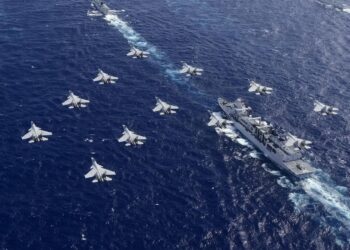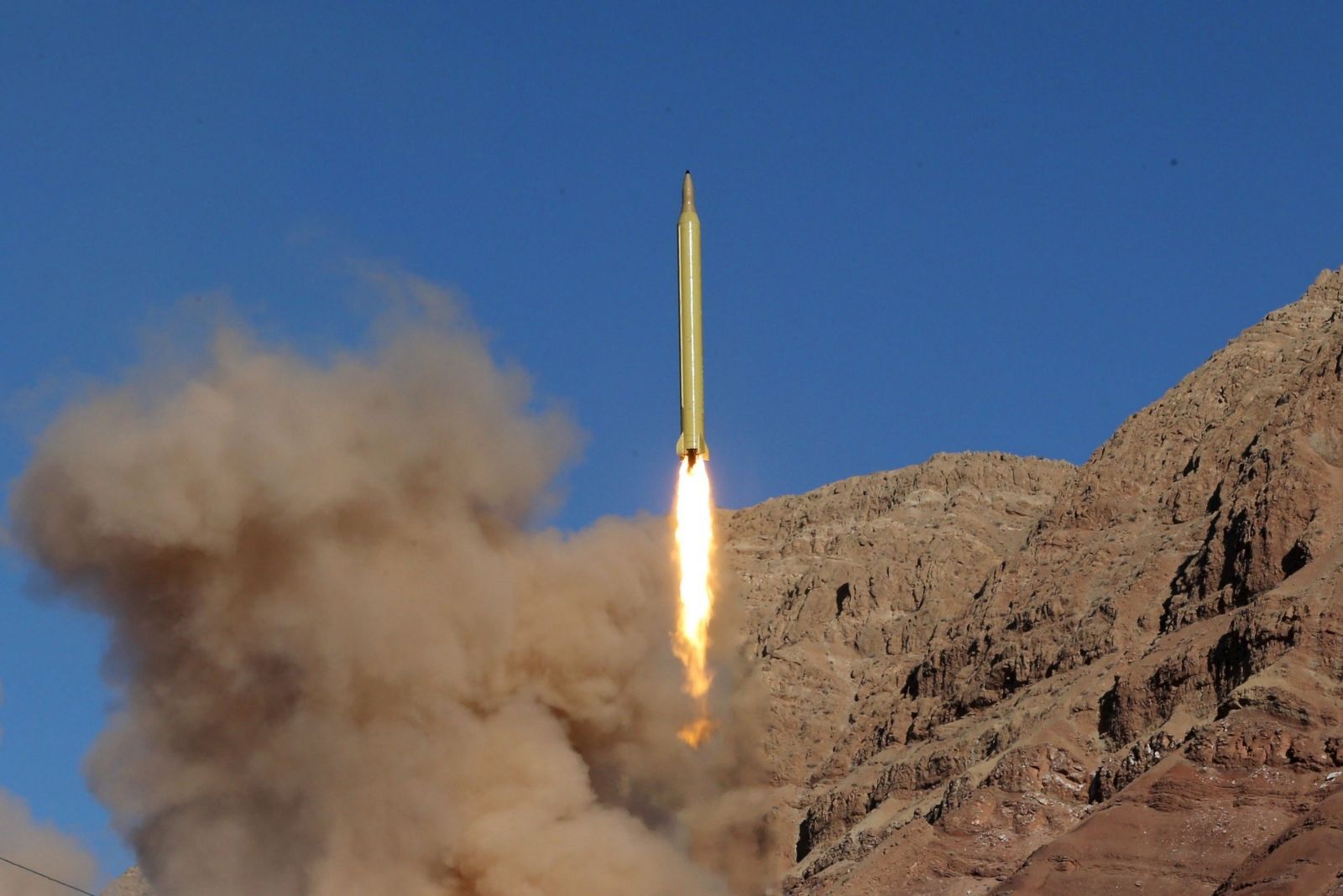Agence France-Presse,
Colombo: Sri Lankans celebrated the fall of the Tamil Tigers' de facto capital with street parties, but military observers say bloodier battles may still lie ahead as the rebels take refuge in the jungles.
The guerrillas, fighting for an independent homeland for Tamils, suffered a massive blow on Friday when they lost Kilinochchi, their political headquarters, in a concerted government offensive that lasted nearly two years.
But that does not mean the rebellion is dead, experts say.
“The fighting is far from over,” said Susantha Seneviratne, a defence analyst for the Lankadeepa newspaper. “The bigger battles may yet to be fought. The Tigers can return to classic guerrilla counter-offensives.”
Seneviratne said the Tigers, or Liberation Tigers of Tamil Eelam (LTTE), may have already prepared their defences in the northern jungle district of Mullaittivu, their final bastion.
“The thick green canopy favours the Tigers and they know the area better than anyone else,” Seneviratne said, adding that the military's long-range weapons and air cover may be less effective in the Mullaittivu jungles.
The defence ministry on Saturday announced that troops were already heading to Mullaittivu, where the Tigers have shifted their political offices after the fall of Kilinochchi.
Tamil militant-turned-politician Dharmalingam Sithadthan agreed the capture of Kilinochchi was not the end of the island's drawn-out separatist conflict, but said it did mark a decisive phase in the military campaign.
“This is certainly not the end of the war,” Sithadthan said. “We can say this is the beginning of the end of the LTTE if the military can repeat their Kilinochchi success in Mullaittivu too.”
Sithadthan said it would be difficult for the Tigers to win back the military balance of power, but they could still carry out trademark suicide bombings to keep security forces — and the wider population — on edge.
Sri Lanka's army chief, Lieutenant General Sarath Fonseka, said the Tigers may still have up to 1,900 fighters.
“It won't take a year to finish them off, to eliminate them,” Fonseka said after President Mahinda Rajapakse announced the capture of Kilinochchi on Friday.
Fonseka said taking Kilinochchi was the culmination of a major military offensive that began in March 2007, although the brutal separatist conflict erupted in 1972 and has since claimed tens of thousands of lives.
The Tigers were once regarded one of the world's most ruthlessly efficient guerrilla outfits, with its own naval and air wings, but their units appeared to collapse in Kilinochchi in the face of the superior military onslaught.
Rajapakse Friday acknowledged that the Tigers were a formidable foe, however, describing them as “accepted internationally as the most powerful terrorist organisation in the world”.
And despite the loss of their political base — arguably the biggest blow to the Tigers since the fall of their Jaffna peninsula stronghold in December 1995 — the guerrillas have previously shown they can bounce back.
They initially lost Kilinochchi in 1996, but re-took the area two years later and controlled it until they were driven out on Friday.
Barely six months after government troops captured the northern Jaffna peninsula in 1995, the Tigers overran a military base in Mullaittivu, killing more than 1,200 soldiers.
The guerrillas also reversed military gains of 19 months in a matter of five days in November 1999, going on to dislodge the military from their Elephant Pass base at the entrance to Jaffna.
The government spent an estimated 1.6 billion dollars on defence last year and plans to spend slightly more in 2009, underscoring concerns that the conflict may be far from over.









